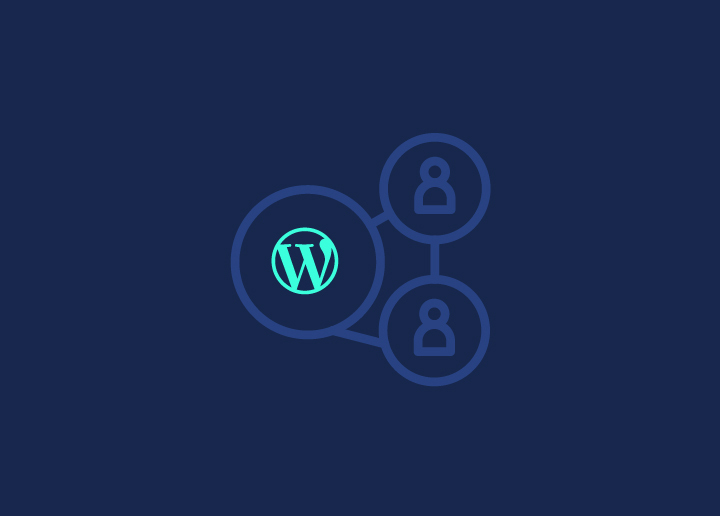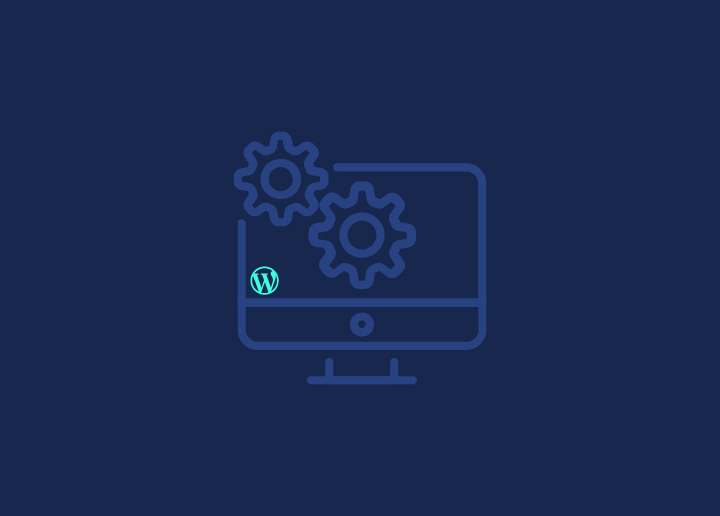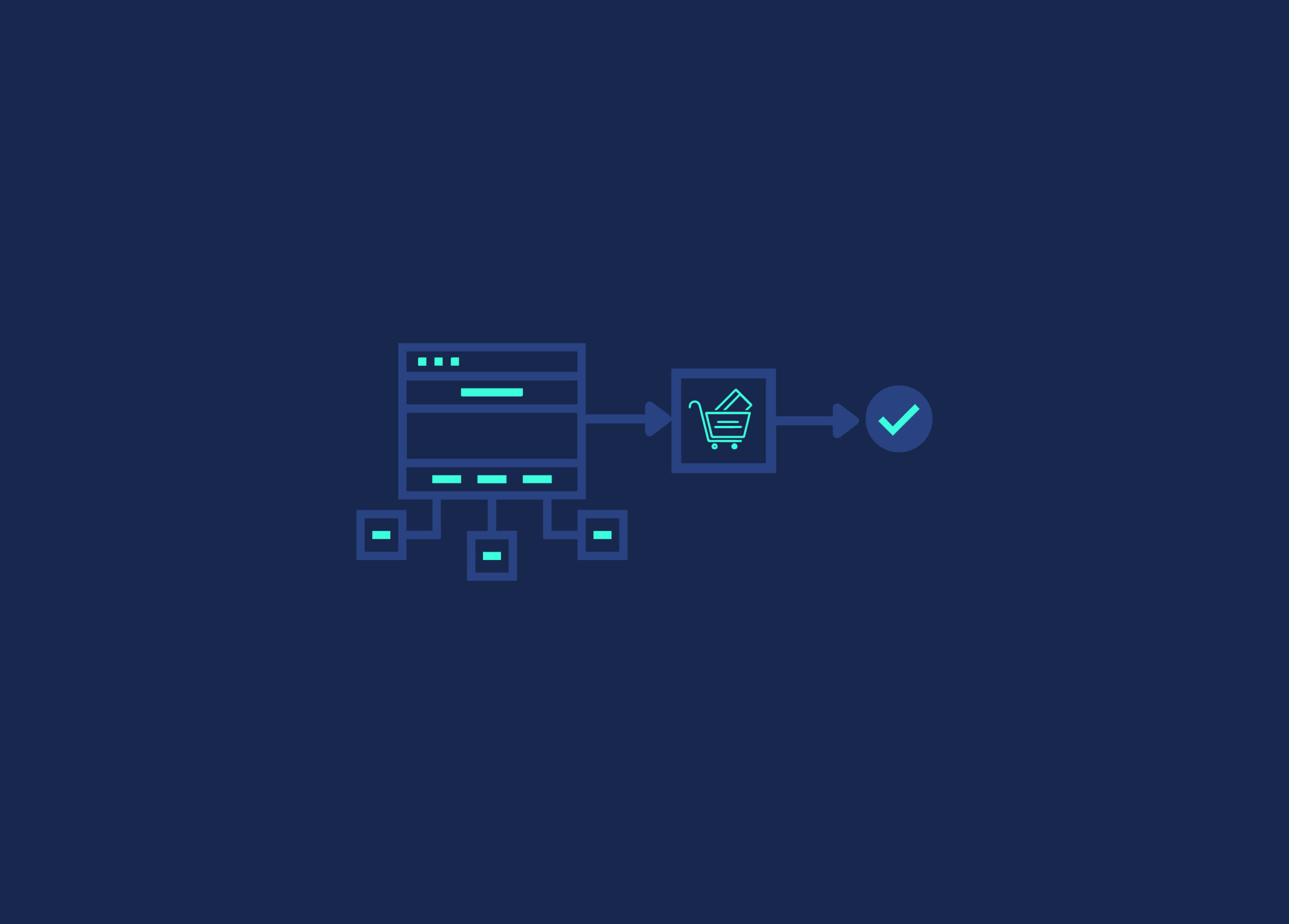User context is the circumstances or factors surrounding a user at a given time. It includes factors such as the user’s location, device, operating system, browser, and other software on their system. This information can be used to tailor the user’s experience on a website or application.
For example, if a user is accessing a website from a mobile device, the website can use the user’s context to display a mobile-friendly version of the site. Or, if a user is accessing a website from a browser with outdated security features, the site can display a warning message or redirect the user to an updated version of the site.
Contextual data can also be used to improve web performance. For instance, if a user is accessing a website from a country with slow internet speeds, the website can serve lower-quality images or smaller files to improve load times.
Overall, taking into account user context can help improve the performance and UX of a website or application.
Contents
ToggleWhy Is User Context Important?
User context is crucial because it allows you to understand how your users interact with your website or application. Without understanding the context in which your users operate, optimizing the user experience or troubleshooting issues is difficult.
User context can be broken down into two main categories: physical context and psychological context. Physical context refers to the user’s physical environment, such as location, device, and network connection. Psychological context refers to the user’s state of mind, including their needs, goals, and expectations.
Both physical and psychological contexts can affect how users interact with your website or application. For example, if a user tries to access your site from a mobile phone on a slow 3G connection, they may have different expectations for performance than a user with a fast broadband connection. Understanding physical and psychological context can help you deliver a better user experience.
Read: UX Tips & Tricks
How Does User Context Affect Web Performance?
User context can have a significant impact on web performance and UX. For example, if a user tries to access a website from a mobile device with a slow internet connection, the website will likely load slower than it would for a fast connection. In this case, the user’s context affects web performance and UX.
Poor web performance can lead to frustration and even abandonment, while poor UX can result in lost business or customers. It’s essential to consider how user context can affect web performance and UX when designing and developing websites.
Tools to Measure User Context
As user context has become increasingly important for web performance and UX, various tools have been developed to help measure it. These include:
- The User Context Scorecard: This tool assesses the user context of a given website or application by looking at factors such as load time, site speed, and interactions with the user. It then assigns a score to the site based on these factors.
- The User Context Lab: This tool allows you to test the user context of your site or application in various scenarios. It includes a range of tests, such as load time, interaction time, and scrolling speed.
- The User Context Toolkit: This toolkit provides a set of tools and resources that can be used to measure and improve the user context of your site or application. It includes tools for assessing load time, site speed, interaction time, and scrolling speed. In addition, it provides resources for optimizing your site for better performance and UX.
Conclusion
User context is an essential factor to consider when it comes to web performance and UX. By understanding the user’s context, we can tailor our website content and design to their needs, leading to a better overall experience for the user. When it comes to web performance, user context can help us identify areas where we can improve loading times and reduce latency. And when it comes to UX, user context helps us understand how users interact with our site so that we can make improvements accordingly.
Want to read more on UX design? Check out some of our other Web Performance blogs.


















